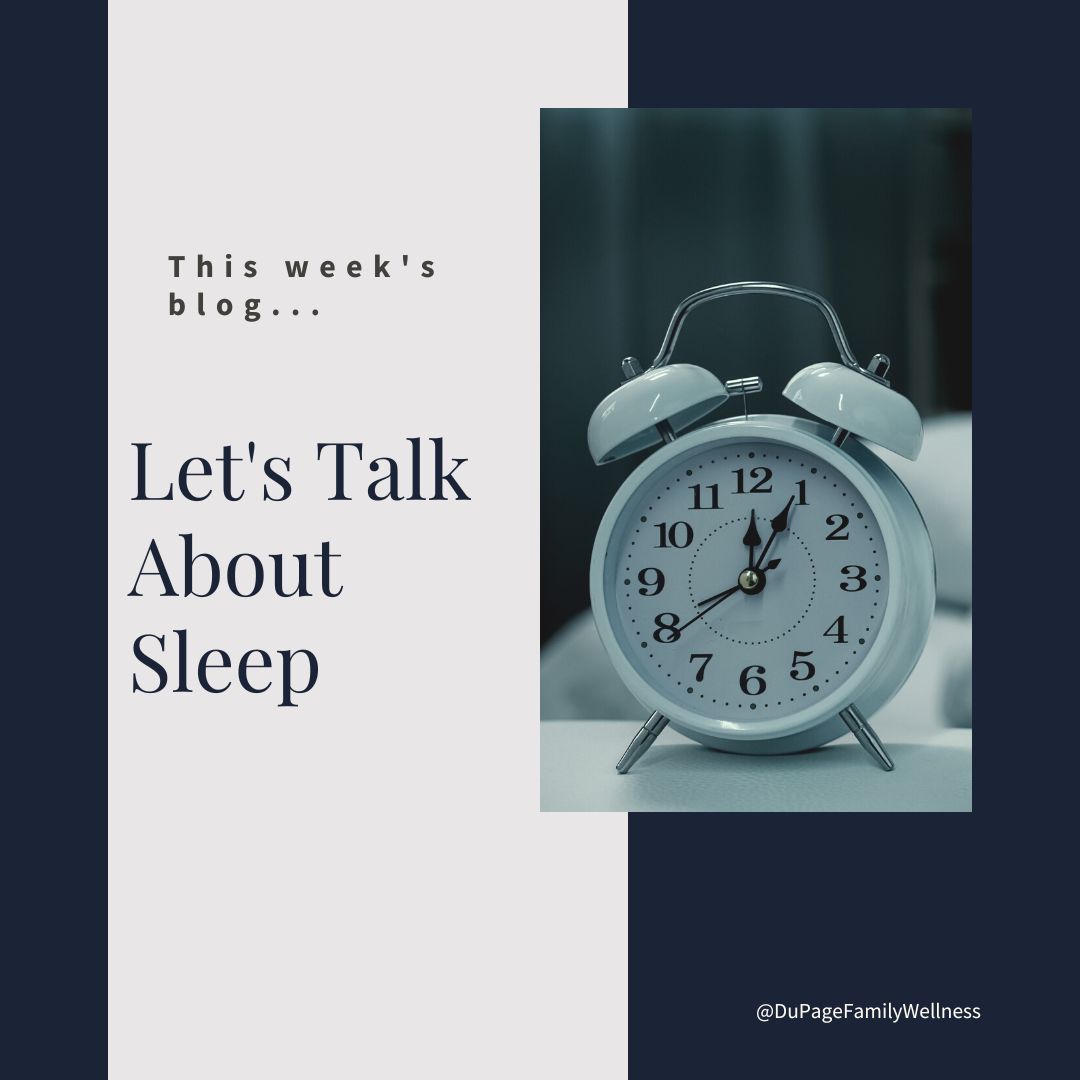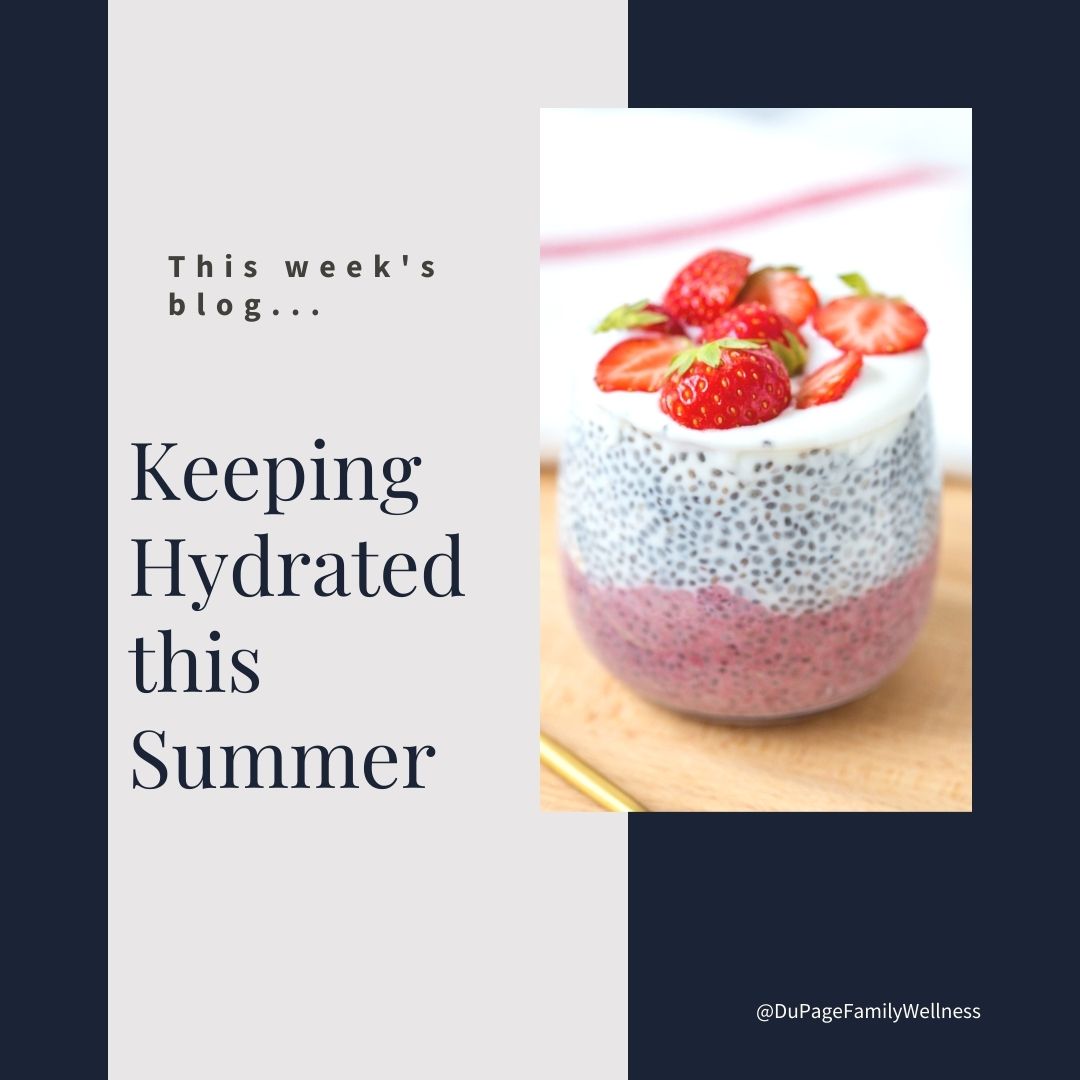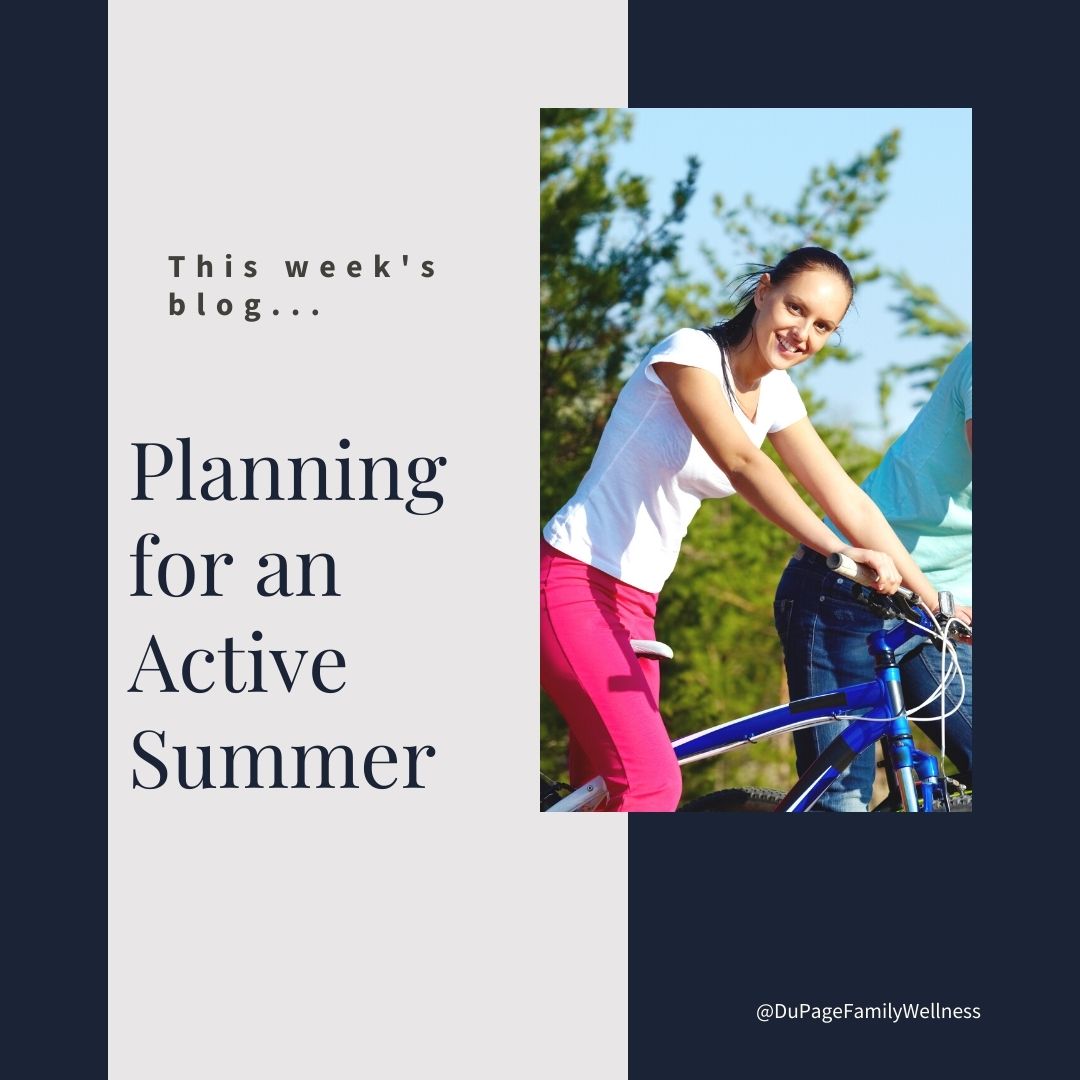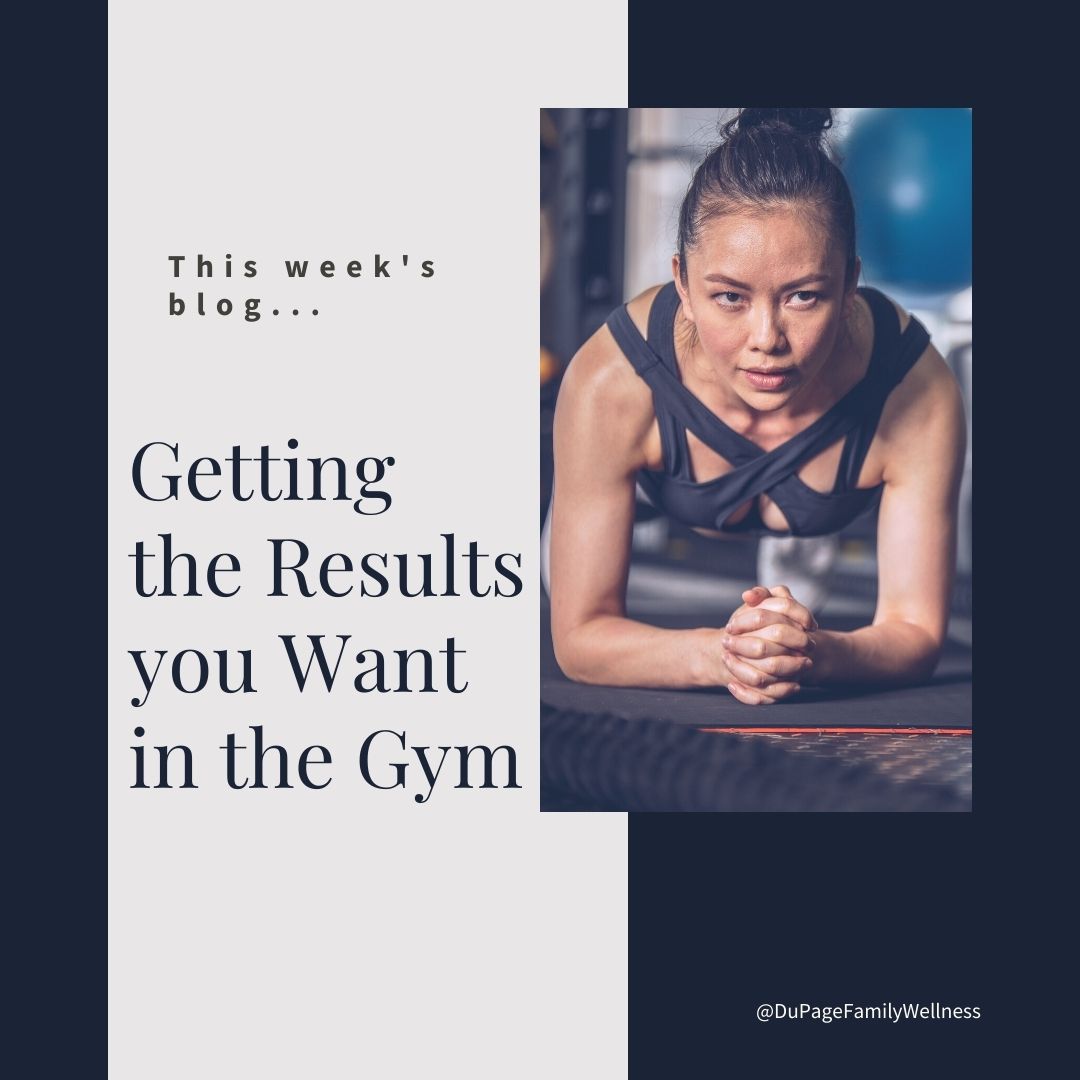 You probably know that sleep is important for your physical and emotional health, but how do you know if you are getting enough sleep?
You probably know that sleep is important for your physical and emotional health, but how do you know if you are getting enough sleep?
Traditional advice is to get 7-8 hours of sleep each night, but since every body is unique it can be a little more complicated than that.
Let’s explore how to get enough sleep for your body, as well as how to make sure that you get good quality sleep each night.
A Quick Reminder
Many people promote good sleep hygiene and we will focus on that below, but no amount of sleep hygiene will help if you don’t allow enough time for sleep!
Researchers took a group of people, put them in a stimulus free room for 14-24 hours a day, and monitored their sleep. There were no clocks, so subjects didn’t know when they were going to bed or waking up.
The first couple days of the study, sleep times averaged 12-20 hours per night! This seems to indicate that many of the subjects were sleep deprived going into the study and their bodies needed to catch up from chronic lack of sleep.
Over a few days, the participants' sleep began to average approximately 8 hours a night with some sleeping more and some sleeping less.
How Much Sleep Is Right for Me?
Since everyone’s body is different, let’s look into how you can determine how much sleep your body needs? Reaction times are slower when you are sleep deprived so the following experiment gives you a good picture of whether or not you are getting enough sleep.
First, pay attention to when you typically go to sleep, and the time that you typically wake up naturally, ideally without having to use an alarm clock. Each morning at the same time after waking up, take the reaction time test here.
Read more ...
 Let me introduce you to A Dirty Hoe, one of my favorite places to get toxin-free products locally!
Let me introduce you to A Dirty Hoe, one of my favorite places to get toxin-free products locally!
Denise and Sandy from A Dirty Hoe consider themselves mediocre homesteaders. They have chickens, bees, a butterfly garden, fruit trees, vegetables, and maple trees to tap for syrup! They make their own kombucha and yogurt, but what I love the most are their many products for the body and home.
It is hard to find products that are natural and work well, let alone ones that are local. So, I was thrilled to experience the quality of these products. In fact, I liked them so much that we decided to carry them at the office.
Let me tell you some more about them and share some of my favorite products!
Why Natural Products?
A Dirty Hoe recognizes that your skin absorbs everything you put on it. Just reading a lotion bottle or researching what is in your laundry detergent can be shocking. Knowing exactly what you put on your skin and recognizing all the ingredients is really important.
Keeping their ingredients clean is a commitment they have made. Their botanicals are all raised in their yard which are not sprayed with any pesticides or herbicides.
Some ingredients, such as Shea or cocoa butter and essential oils are not certified organic. But this decision was made consciously, recognizing it’s not worth charging more when even organic ingredients are allowed to have chemicals in them. Instead they focus on avoiding preservatives, dyes, phthalates, and other endocrine disruptors.
My Favorite Products
- Laundry Detergent - Your skin is your largest organ and even absorbs the chemicals left on your clothes. A Dirty Hoe makes an all-natural, non-toxic laundry detergent to help keep your body chemical free! This gentle effective detergent uses essential oils for an all-natural scent.
Read more ...
 With summer in full swing, it’s important to think about hydration. Getting eight glasses of water a day is the conventional advice, but is it really that simple? Is there another way to look at it?
With summer in full swing, it’s important to think about hydration. Getting eight glasses of water a day is the conventional advice, but is it really that simple? Is there another way to look at it?
In their book Quench, authors Cohen and Bria explain that “for many years, we’ve operated with the assumption that the path to hydration was drinking eight glasses of water daily—the picture is actually much more complex.”
Let’s explore what they have to say and see if there is a way to work smarter rather than harder when working on our hydration.
Background
Gina Bria, an anthropologist that studied desert cultures which survived with very little water, got a call from her mother’s care facility. They told her that her mother was suffering from chronic dehydration.
Concerned, Bria decided to delve into her research to see if there was anything that she could learn from the desert cultures to help her mom.
Bria knew that the Tarahumara people of Mexico used chia seeds to aid in hydration. So, she used her coffee grinder to turn some chia seeds into powder, instructing her mother’s caregiver to add it to her mom’s orange juice each morning.
That did the trick, and her mom did not have any more issues with chronic dehydration. After this experience Bria decided to research a form of hydration known as “gel water.”
What Is Gel Water?
In Quench, Cohen and Bria describe gel water, or living water, as a “newly identified phase of water that’s not quite liquid, vapor, or ice. (It is) identified by an extra hydrogen and oxygen atom, so the molecular structure is H3O2.” Gel water exists in plants and can be found in fruits, vegetables, and seeds.
Chia and cacti are full of gel water. In fact, the Aztecs and Incas are thought to have often subsisted on only chia and cacti, actually going weeks without water. This shows how hydrating gel water can actually be.
Read more ...
 Summer’s here and the kids are out of school - think parks, picnics, and the pool. But is it all sunshine?
Summer’s here and the kids are out of school - think parks, picnics, and the pool. But is it all sunshine?
While summer can be the highlight of a kid's year, for parents it can have its challenges. As summer wears on we begin to hear, “I’m bored.” We may even start to countdown the days until school begins again.
But there are some things we can do as parents to set our kids up for a great, creative, and active summer.
Part of the magic of summer happens when we let the kids play without a plan or direction from adults. There is so much to learn while playing uninterrupted. And remember, being bored isn’t necessarily a bad thing.
Include Time for Unstructured Play
Let the kids have plenty of free and unstructured play! Many of us spent nearly our entire summer outside playing with friends in the neighborhood. We were responsible for our own fun, and we learned so much through it!
Unstructured play gives children the opportunity to explore their own interests, while developing creativity, and independence. When playing with friends outside, they learn to negotiate and cooperate with others, while often being quite active.
According to Angela Hanscom, author of Balanced and Barefoot, “It is during free play, where children move and challenge their bodies in new ways, constantly testing their limits and getting to the next developmental level. When we take away their time for free play and replace this time with adult-directed exercise, it limits the type of movement experiences these children receive”.
On their own, children are required to develop skills such as compromise, communication, and conflict resolution. Without adults solving their problems, children are forced to work things out on their own. Sure there will be days that someone quits a game and goes home upset, but over time left on their own kids can develop the skills to handle these situations.
This is not to say that adults should never get involved. Obviously little children need to be supervised, but the adults can step back and give them a little room rather than being involved every moment of the time. Some children struggle with social skills and might need a little more direction; this can be true with some older children. And it goes without saying that interference is necessary if there is a true danger to someone's physical or emotional safety.
Read more ...
 With the beautiful days of spring and summer ahead of us it’s time to get outside!
With the beautiful days of spring and summer ahead of us it’s time to get outside!
Enjoying the weather can naturally lead us to be more physically active, which is good for both our minds and our bodies. Let’s intentionally embrace these opportunities and find pleasure in our movement.
There are ways to incorporate physical activity into your daily life to make it fun, so that it doesn’t feel like work. With so many amazing places to explore, physical activity doesn’t need to be repetitive, boring, or expensive.
Let’s look at some ways to make this a great, active summer!
Incorporate Physical Activity into Your Everyday Life
If you live a busy life and struggle to find time to be active, try to incorporate it into your daily life. You don’t need to set time aside for a long workout when you move throughout the day. Try a few of the following examples this week.
- Choose a parking spot far away from the building when out and about.
- Walk or bike places if possible when running errands, getting together with friends, etc.
- Carry your child or give them a piggy back ride to the car, the lunch table, or bedtime.
- Race up and down the stairs in between other less active pursuits.
- Take the stairs, rather than the elevator.
- Chop your vegetables, instead of using a food processor.
- Talk and walk when getting together with a friend, having a meeting with a coworker, or when taking phone calls.
- Establish the habit of taking an after dinner walk.
Make It Fun
Movement doesn’t have to be hard. Ideally, you should feel energized after physical activity. While you may be a little sore or tired, it should not be something that completely wipes you out or causes you true pain.
Finding movement that you really enjoy will help you to move more consistently. If you find something that is fun you will do it more often. Movement should never turn into something you dread!
First, think about your personality and current needs.
- Do you need some time alone?
- Would you prefer some company?
- Do you need to start small?
- Are you ready for something more intense?
Read more ...
 You might believe that you need to beat yourself up in the gym, but that doesn’t have to be true!
You might believe that you need to beat yourself up in the gym, but that doesn’t have to be true!
We all know that just being at the gym doesn’t mean that you’ll see the results you want. When we don’t see the results, we tend to push harder - going to the gym more, lengthening our working out, increasing the intensity of our training, etc.
But there is another option. You can work smarter, not harder, to get you the results you want.
Let’s explore the best exercises for lasting results where you don’t have to live in the gym!
When You Go to the Gym
If you have been frustrated by not seeing results from your workouts, or even if you are an athlete, you will find the following information interesting.
A meta-analysis of 43 studies had really shocking results! The studies followed overweight and obese people for 3-12 months. People in these studies worked out for 45 minutes 3-5 times a week. This resulted in an average of about 69 hours of exercise over the course of the study. Do you know how much the exercise group lost over that period of time? Only 2.2 lbs.!!! That’s a lot of work for very little results.
So, what specific exercises will get you the results you want? There are two types of workouts that have shown to have great outcomes. These are High Interval Intensity Training (HIIT) and strength training. Besides these, walking and lower intensity exercises can also bring huge benefits.
High Interval Intensity Training (HIIT)
High Intensity Interval Training (HIIT) involves alternating between short bursts of hard, intense exercise and a little lighter form of exercise. This may be running hard for five minutes followed by a walk or jog. It may be working with weights in this fashion as well.
The key is to push yourself hard, followed by a gentler form of movement. This type of workout results in more calories being burned after your workout.
Strength Training
When we say strength training many people immediately think about lifting weights. While lifting is a great way to build strength, you can also build strength through other forms of resistance training.
Body weight training uses your own body weight and gravity. Things such as planks, pull ups, etc. would count as body weight training that takes little to no equipment. Another way to build strength is through resistance bands. This type of workout can be easily done outside the gym in the privacy of your own home.
Read more ...
 You probably know that sleep is important for your physical and emotional health, but how do you know if you are getting enough sleep?
You probably know that sleep is important for your physical and emotional health, but how do you know if you are getting enough sleep?

 Let me introduce you to A Dirty Hoe, one of my favorite places to get toxin-free products locally!
Let me introduce you to A Dirty Hoe, one of my favorite places to get toxin-free products locally! With summer in full swing, it’s important to think about hydration. Getting eight glasses of water a day is the conventional advice, but is it really that simple? Is there another way to look at it?
With summer in full swing, it’s important to think about hydration. Getting eight glasses of water a day is the conventional advice, but is it really that simple? Is there another way to look at it? Summer’s here and the kids are out of school - think parks, picnics, and the pool. But is it all sunshine?
Summer’s here and the kids are out of school - think parks, picnics, and the pool. But is it all sunshine? With the beautiful days of spring and summer ahead of us it’s time to get outside!
With the beautiful days of spring and summer ahead of us it’s time to get outside!  You might believe that you need to beat yourself up in the gym, but that doesn’t have to be true!
You might believe that you need to beat yourself up in the gym, but that doesn’t have to be true!